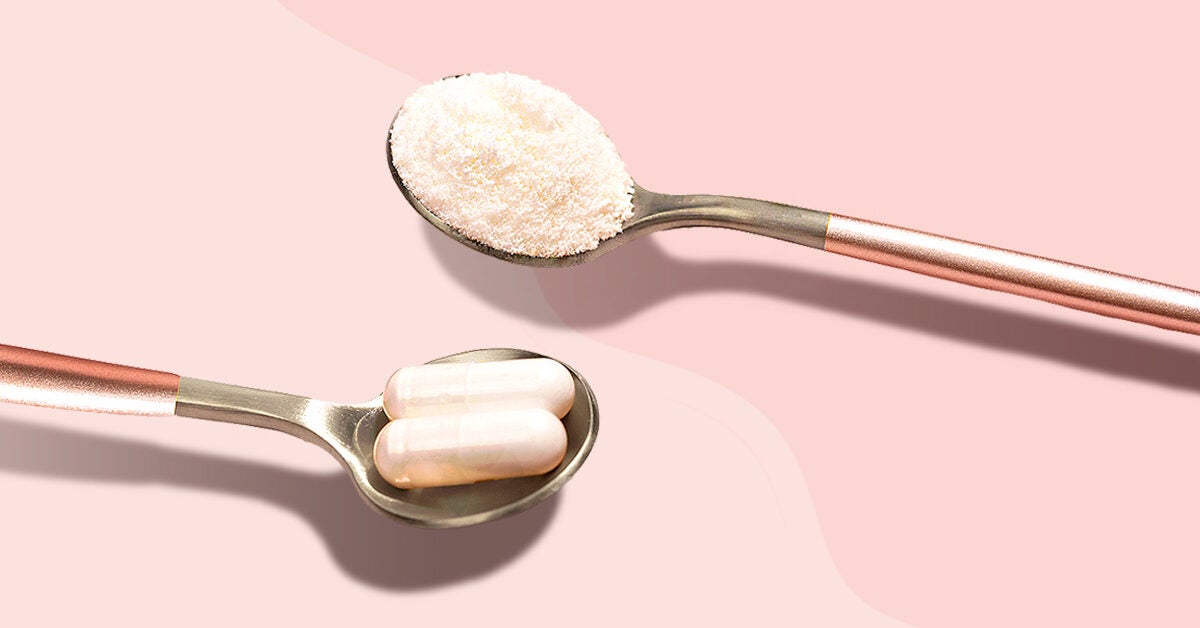Dr, Keith Baar Research
mTOR
The first part of this interview goes into mTOR; which is the anabolic trigger for muscle growth.
The "mTOR Switch" is metaphorically speaking turned with...
1) Exercise: Certain Type
2) Diet: A Certain Amount of Leucine (amino acid) consumed.
Connective Tissue
At around the 36 minute mark of this interveiw, Baar goes into how to incease or maintain Connective Tissue Strength, health.
1) Collagen Intake Amount and Time is examined.
As Baar notes, a small amount of Vitamine C combined with Collage is necessary for optimal results.
On a personal note, I used a Collage Supplement, adding Vitamine C.
However, I switched to eating Sugar Free Jello (Gelatin) with some Vitamne C added; which appear to have worked well.
Jello is a good source of Collage, as you probably know.
2) Connetive Tissue Strength Building Exercises
Baar examine the exercises that are the most effective at increasing Connetive Tissue Stregth. health.
Connetive Tissue Exercises
Exercises with slow movments are the most effective.
1) Maximum Strength
2) Isometric Actions
Exercise That Stress Connetive Tissue
Plyometric Movements/Stretch Reflex Movements.
As you know, when violently stretched, Connective Tissue elicits a Rubber Band Effect; when the Rubber Band is stretch it pop back with Power/Force.
Connetive Tissue respond in the same way.
Repeatedly Stretching The Rubber Band
Continueously, streching the Rubber Band eventully wears it down over time. At some point, it is going to pop.
The same occurs with continueous Plyometric Training; the Connnective Tissue is repeatedly stretched.
The Irony
The only way to increase Explosive Strech Reflex Power is with Plyometric Movements.
Thus, Plyometric Training needs to be part of most athletes training
Countering Negative Connetive Tissue Issue
As per Baar's research...
1) Connetive Tissue Strength Training
Slow Srength Training Exercises increase Connetive Tissue Strength, health.
Nothing is as slow than an Isometric with no movement.
2) Collagen with Vitamine C added optimizes Connective Tissue Strength, health.
To reiterate, I have found Jello (Gelatin) with some Vitamine C works.
Collagen is the most abundant protein in your body, while gelatin is a degraded form of collagen. This article reviews collagen and gelatin's main differences and similarities to help you decide which to choose.

www.healthline.com
These similar proteins have virtually identical nutritional profiles, as is demonstrated in the following table, which compares 2 tablespoons (14 grams) of dried and unsweetened collagen and gelatin (
7Trusted Source,
8Trusted Source):
| Collagen | Gelatin |
|---|
| Calories | 50 | 47 |
|---|
| Protein | 12 grams | 12 grams |
|---|
| Carbs | 0 grams | 0 grams |
|---|
| Fat | 0 grams | 0 grams |
|---|
As you can see,
both collagen and gelatin comprise almost 100% protein and provide practically the same amount of this nutrient per serving.


